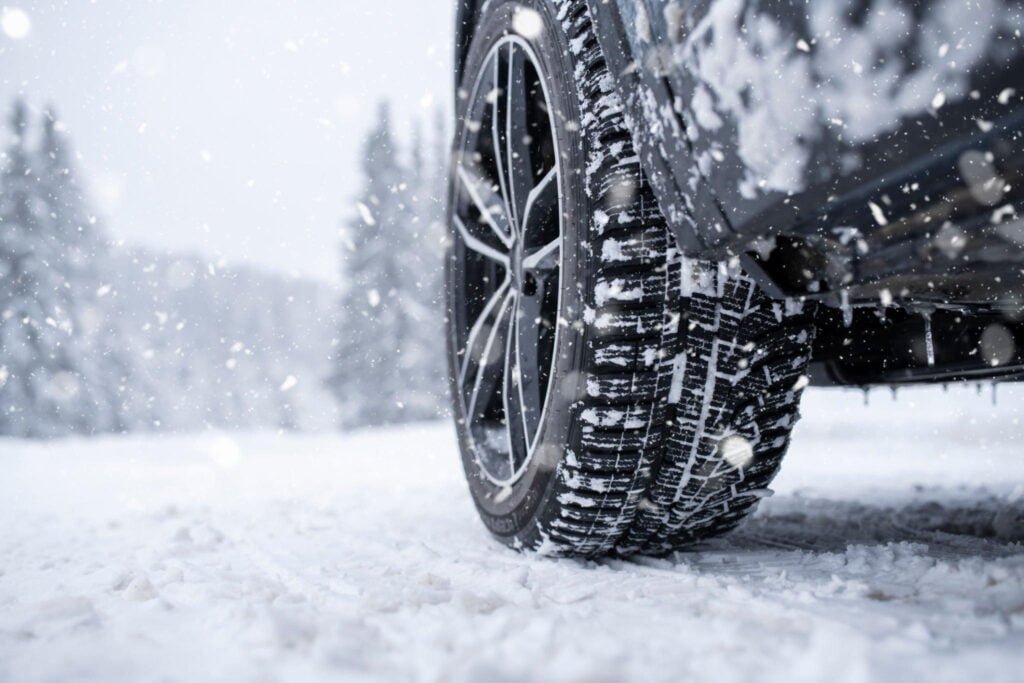Winter brings enchantment and curiosity, often leading one to ponder the best tire choice for the season. With various patterns, materials, and price ranges, selecting the ideal winter tire can be challenging. This guide highlights key aspects to contemplate when choosing tires for winter conditions.
THE DISTINCTIVE QUALITIES OF WINTER TIRES
TREAD PATTERN AND DEPTH
Winter tires typically have broader and deeper tread voids than regular tires, enabling them to capture and eject snow, thereby enhancing road contact. These tires also possess intricate siping—small grooves that improve grip on wet or icy surfaces—and tread blocks with irregular edges for better snow and ice adherence.
VARYING TIRE COMPOUNDS
Winter tires remain pliable even in cold temperatures, unlike all-season or summer tires. While their softness aids grip in cold weather, it also results in faster wear in warmer conditions. Therefore, switching to all-season or summer tires when temperatures rise is vital.
CHOOSING THE RIGHT TIRE SIZE
In snow, narrower tires, contrary to wider ones, are more effective as they cut through snow, ensuring better traction. For optimal winter tire size, refer to your vehicle’s manual and consider OEM size tires for safety.
THE THREE-PEAK MOUNTAIN SNOWFLAKE SYMBOL
M+S (mud and snow) markings on many all-season and all-terrain tires can be misleading. Instead, seek the three-peak mountain snowflake symbol (3PMSF) on tires, indicating suitability for severe snow conditions.
PRIORITIZE SAFETY OVER COST
The expense of season-specific tires may seem burdensome, but all-season tires are not always sufficient, especially in areas with temperatures frequently below 45°F. Investing in quality winter tires is crucial for optimal vehicle performance and safety during road trips.

